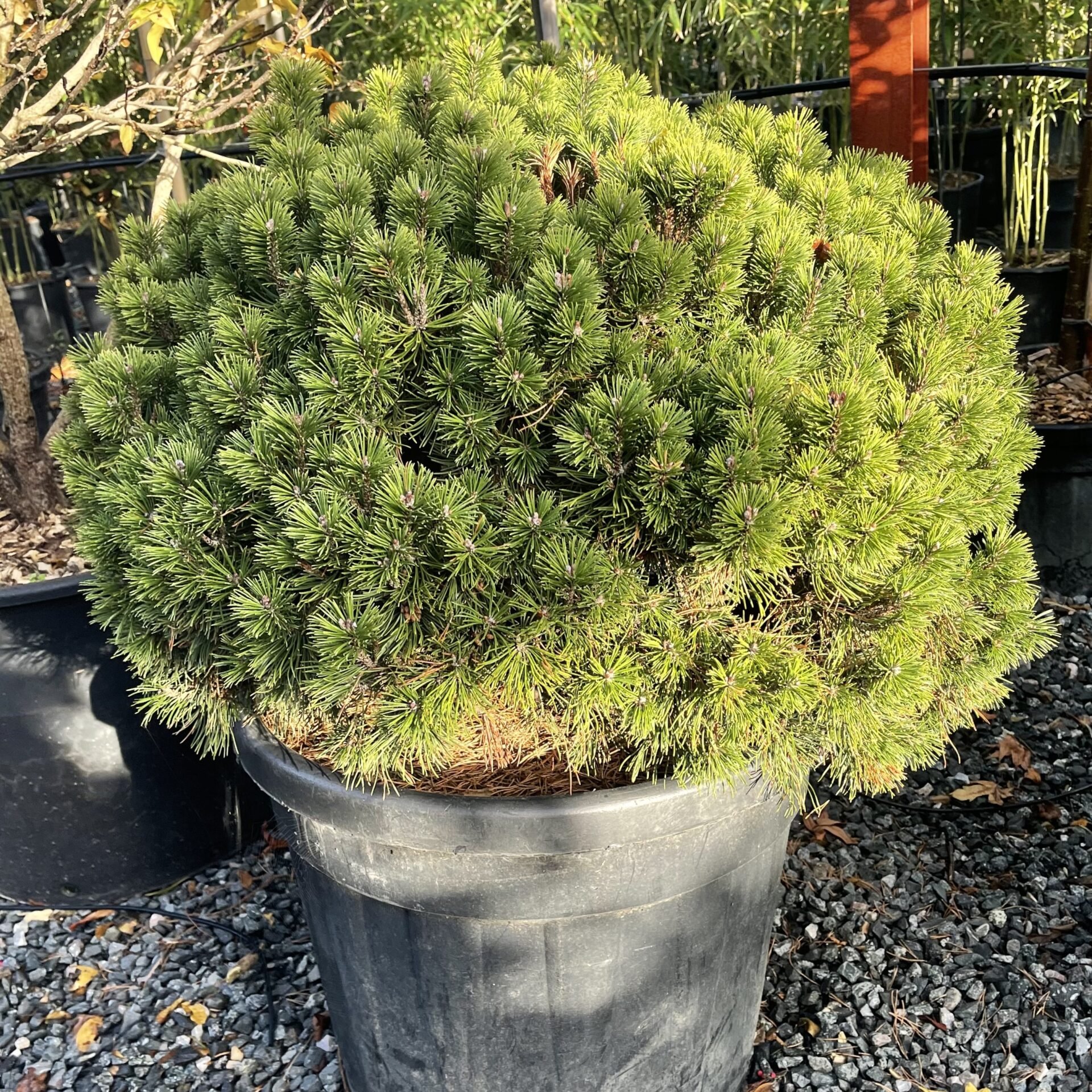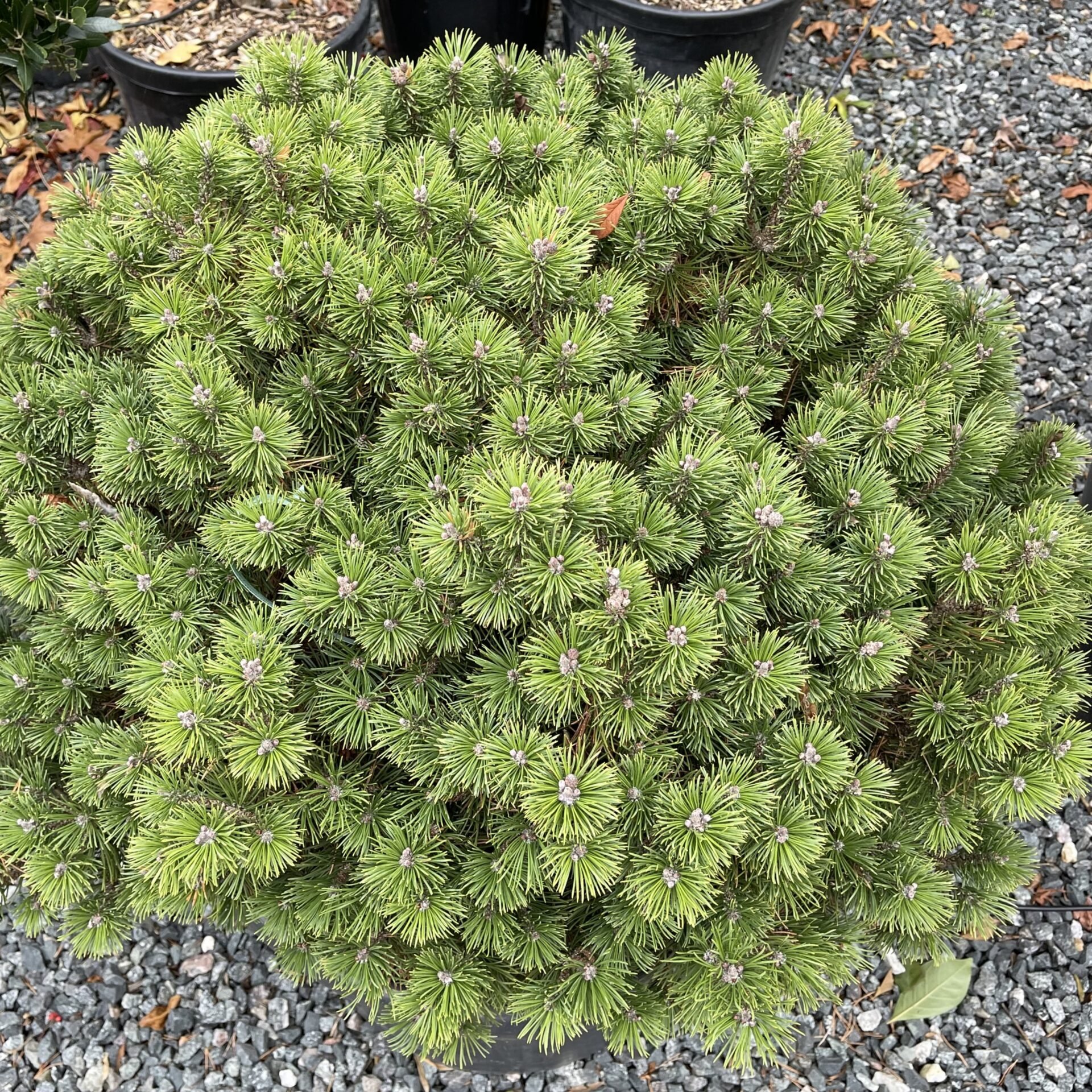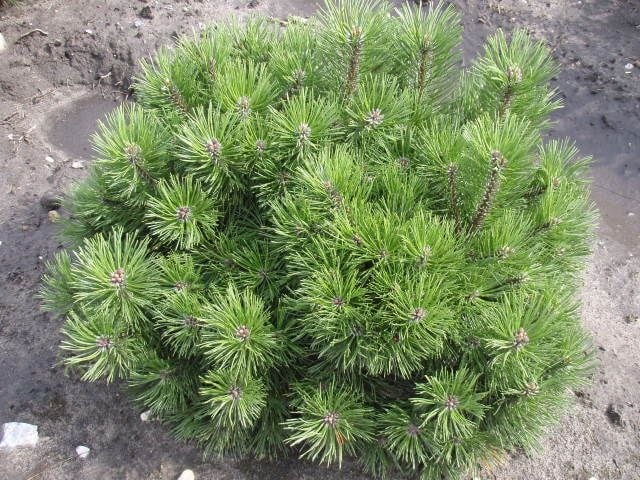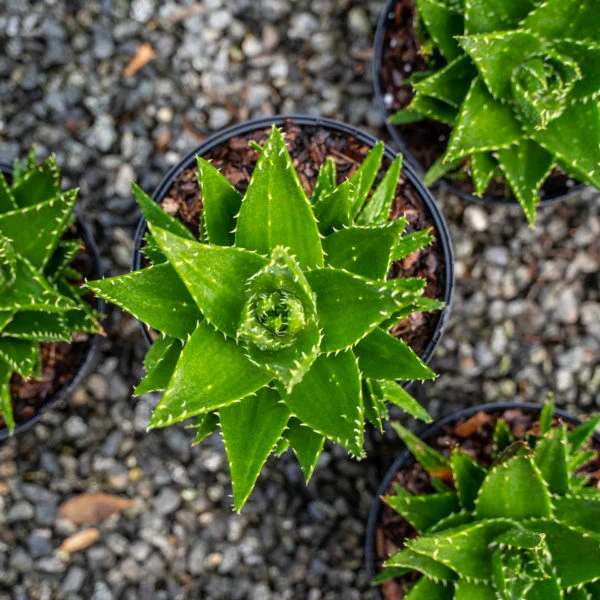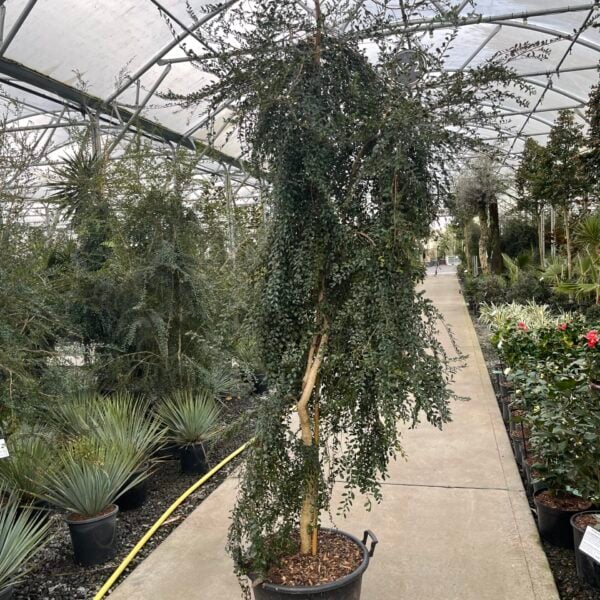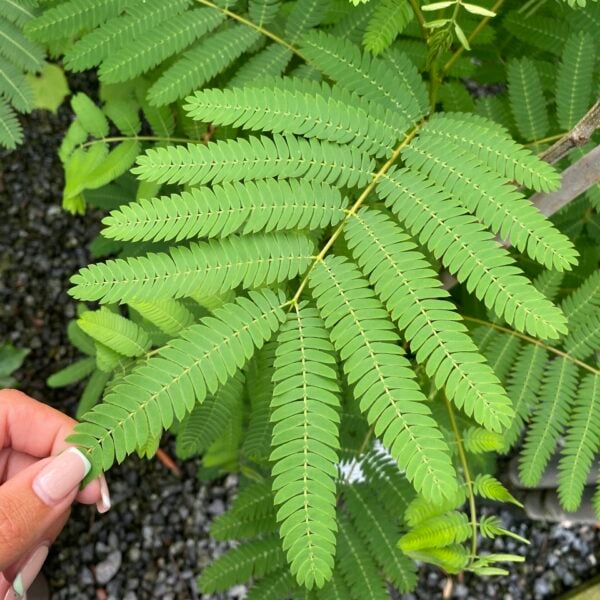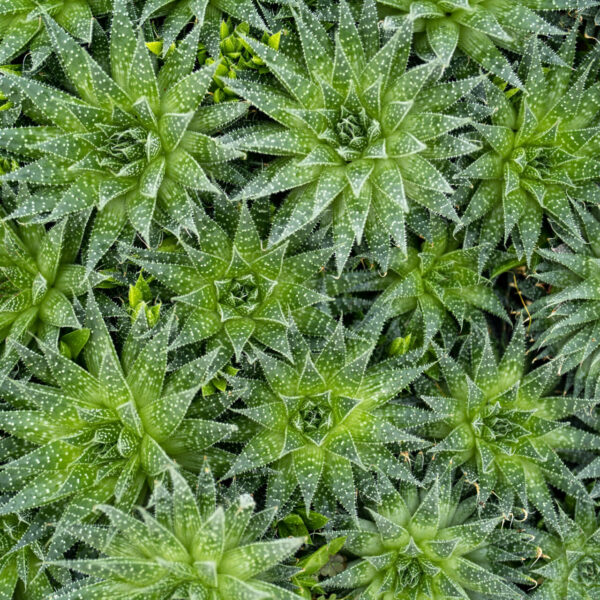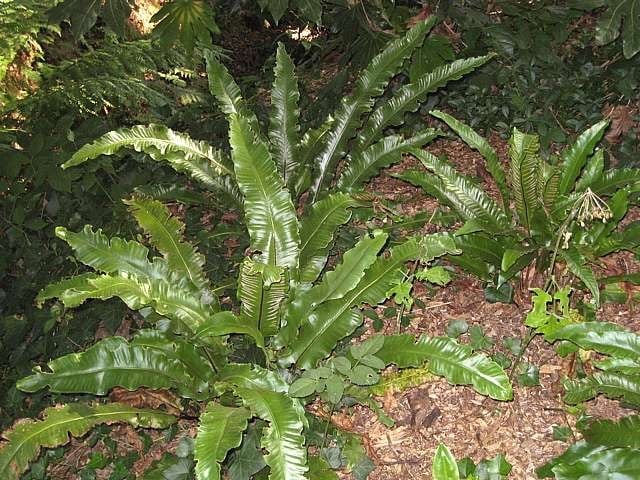Pinus mugo mughus (Dwarf Mountain Pine)
One of several dwarf pines we do. Fun to be had clearing out dead wood, pinching out new growth and raising the crown. Oriental. Hardy, tough, reliable. 5ft after 25 yrs. Please contact us for other stock availability and sizes.

Hardiness level Green
One of a traveling collection of dwarf pines we stock. Soft, moundy, Oriental, hardy, wind proof and great fun to employ your Creative Maintenance skills upon.
Other Dwarf Pines we frequently stock : Pinus sylvestris nana (Dwarf Scots Pine with bluey-grey foliage and characteristic orangey bark), Pinus strobus nana (Dwarf Weymouth Pine with soft silky foliage) and Pinus nigra nana (Dwarf Austrian pine - very tough with short needles and probably best in salty exposure)
You can keep them the same size by 'pinching out' rather than clipping (as you would any broad leafed plant like box or privet). Pinching out? The new growth on pines are known as 'candles' (they always grow perpendicular and look - very slightly - like candles). If you clip them with shears (which you can), all the dead ends that you've cut go brown and don't look great. Traditionally in Japan, they pinch out the tips of the young growth (candles) between thumb and forefinger. This can be quite time consuming and you get covered in pine resin which can be a bit of a sod to get off your hands. Try secateurs or - better - snips. Removing the tips stops them growing and thickens the foliage - just like with any woody plant. Having said that, many people are short of time so if you use the shears option (just don't let any of your traditional Japanese gardener friends know), cut the plant in March so by summer all the new growth will mask the brown tips that your Japanese friends would disapprove of so much. Removing all the dead stuff inside is also both enjoyable and rewarding. Occasionally, one might be able to position these plants in such a way that the bases are visible. Maybe because they're elevated or because they're some distance away. This is a good excuse to raise the crowns - this means cutting off some of the lower branches to expose the network of supporting trunks. It's easy to make them look like miniature trees - a Japanese obsession and one that is far from unpopular in Europe too.
They need plenty of light and relatively well drained soil and will happily tolerate windy conditions but not too much salt by the sea side.
Propagated by grafting in Italy.
N.B. When clipping several plants with the same tool, have a bucket containing a 5% bleach solution and swish your blades around for 30 seconds between plants to sterilise them. This will help avoid the chance of cross contamination of disease.
As with all woody plants, plant high, exposing as much of the taper at the base of the trunk as possible. Allowing soil to accumulate round the base of a tree can be fatal. Keep very well watered when first planted.
Additional Information |
|
|---|---|
| Soil Type | |
| Light | |
| Plant Type | |
| Continent of Origin | |
| Specialist Plants | |
| Tree Size | |
| Situation | Coastal, Exposed (To wind and sun), Mild City Gardens, Plants for Pots, Seaside, Sheltered Garden |
| Hardiness | |





